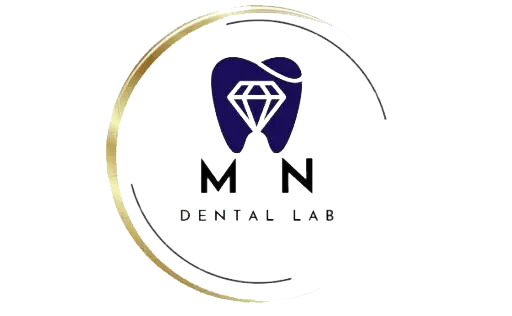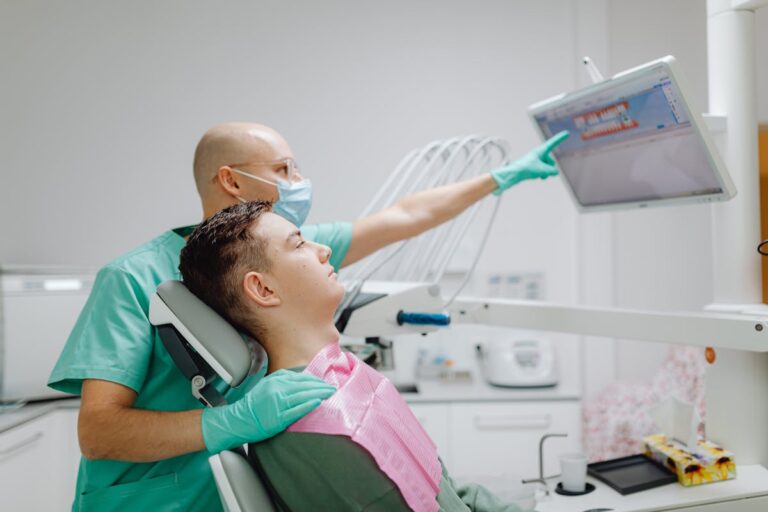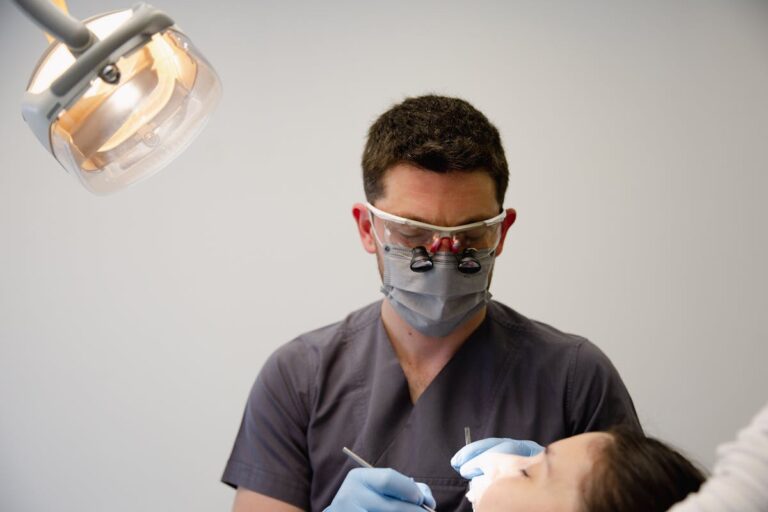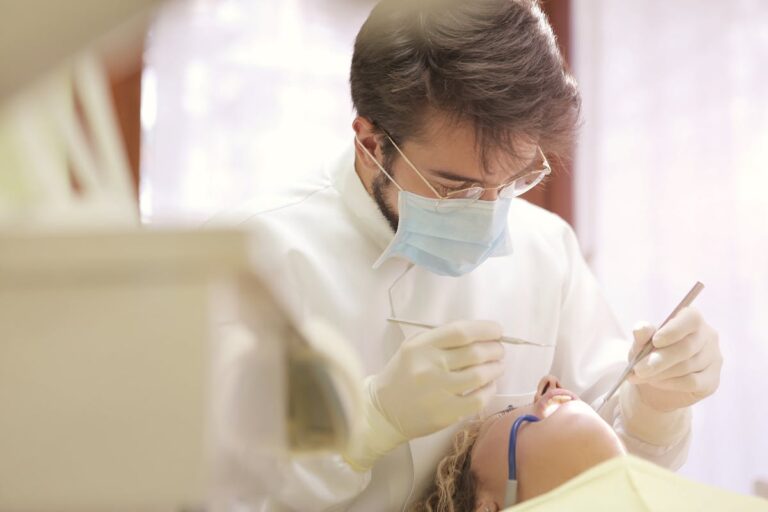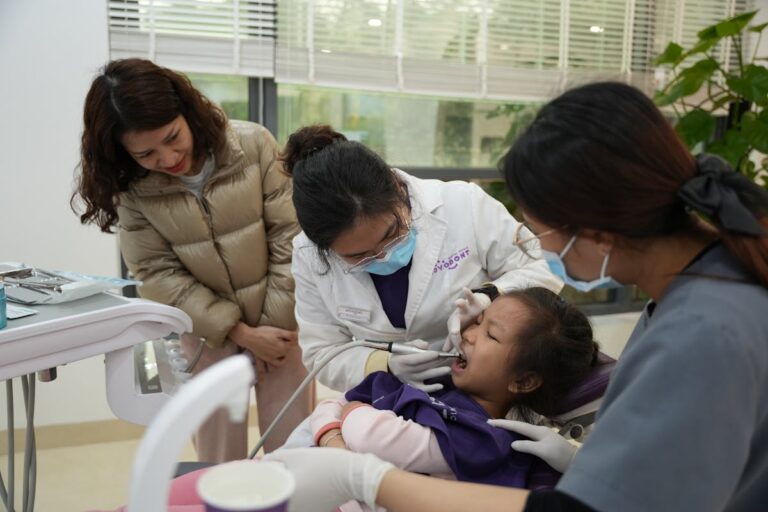Regular dental checkups serve as the cornerstone of preventive oral healthcare. These scheduled examinations enable dental professionals to detect and address potential issues before they escalate into serious complications. Through a combination of visual inspection, diagnostic imaging, and professional cleaning, dentists can identify early signs of decay, periodontal disease, and other oral health concerns. The proactive approach to dental care not only preserves oral health but also proves more cost-effective than treating advanced conditions.
Early Detection of Dental Problems
Regular dental checkups enable early detection of oral health issues before they develop into severe complications. Through routine examinations, dentists can identify nascent cavities, gum inflammation, and early signs of periodontal disease, allowing for prompt intervention and treatment.
Professional cavity identification during these visits helps preserve tooth enamel through timely treatment, preventing the spread of decay to deeper tooth structures. Dentists utilize advanced diagnostic tools, including digital x-rays and intraoral cameras, to detect problems invisible to the naked eye. These technologies assist in identifying hairline cracks, hidden decay between teeth, and potential bone loss.
Early detection also extends to oral cancer screening, bite irregularities, and signs of bruxism, ensuring thorough preventive care. This proactive approach dramatically reduces the risk of requiring extensive, costly dental procedures in the future.
Professional Cleaning and Plaque Removal
While daily oral hygiene practices form the foundation of dental care, professional cleaning during dental checkups provides essential deep cleaning that patients cannot achieve at home. Visiting a skilled dentist in Washington ensures that patients receive expert care, including thorough cleanings and preventative treatments to maintain optimal oral health. Dental hygienists utilize specialized tools and techniques to perform thorough plaque removal, particularly in hard-to-reach areas where bacteria commonly accumulate.
Professional cleaning eliminates both surface plaque and calcified deposits known as tartar, which cannot be removed through regular brushing and flossing. The dental hygienist expertise guarantees the inclusive removal of these harmful deposits from above and below the gum line. This process helps prevent periodontal disease, reduces tooth decay risk, and maintains ideal gum health. Additionally, professional cleaning includes polishing of tooth surfaces, which removes surface stains and creates a smooth finish that makes it more difficult for new plaque to adhere.
Preventing Gum Disease and Tooth Decay
Detecting early warning signs of gum disease and tooth decay, including bleeding gums, tooth sensitivity, and visible plaque buildup, enables prompt intervention before conditions worsen. Professional dental cleanings remove harmful bacteria and calcified deposits while allowing hygienists to identify potential trouble spots requiring additional care. Maintaining proper daily oral hygiene habits through thorough brushing, flossing, and antimicrobial rinses provides essential protection against the development of periodontal disease and dental caries.
Early Warning Signs
Vigilant attention to oral health warning signs can prevent the progression of gum disease and tooth decay. Through proper symptom identification, patients can recognize issues such as bleeding gums, persistent bad breath, tooth sensitivity, and visible discoloration before they develop into serious conditions.
Early risk assessment includes monitoring changes in gum color, texture, or recession, as well as noting any unusual tooth pain or sensitivity to temperature. Additional warning signs include loose teeth, changes in bite alignment, and the presence of persistent white spots on tooth surfaces. These indicators often signal the onset of dental problems that require professional evaluation. Detecting these symptoms early allows for timely intervention, potentially preventing the need for extensive dental procedures and maintaining ideal oral health.
Professional Cleaning Benefits
Professional dental cleanings provide essential preventive care that extends beyond regular home maintenance. During these procedures, dental hygienists remove accumulated plaque and tartar deposits that regular brushing and flossing cannot effectively eliminate, particularly in hard-to-reach areas.
The cleaning process includes thorough tooth stain removal and professional polish application, restoring the natural appearance of teeth while creating a smooth surface that inhibits bacterial adhesion. These treatments help prevent periodontal disease by removing bacteria-harboring biofilms beneath the gumline. Additionally, professional cleanings allow dentists to detect early signs of decay, assess existing restorations, and identify potential oral health issues before they progress into more serious conditions. The procedure also removes surface stains caused by coffee, tobacco, and other substances, maintaining both oral health and aesthetic appearance.
Daily Prevention Habits
Maintaining proper daily oral hygiene habits forms the cornerstone of effective dental disease prevention. Implementing correct brushing technique involves using a soft-bristled toothbrush at a 45-degree angle against the gums, with gentle circular motions for at least two minutes, twice daily. Fluoride toothpaste strengthens enamel and helps prevent decay.
Flossing consistency is equally critical, requiring daily attention to remove plaque and food particles between teeth where brushing cannot reach. The proper method includes using 18 inches of floss, wrapping it around middle fingers, and guiding it gently between teeth using a C-shaped motion. Additionally, incorporating an antiseptic mouthwash helps reduce bacteria levels and supports overall oral health. These fundamental practices, when performed regularly, drastically reduce the risk of cavities and periodontal disease.
Oral Cancer Screening and Prevention
Regular oral cancer screenings during dental checkups serve as an essential preventive measure in detecting early signs of oral malignancies. Dental professionals examine the oral cavity, throat, and neck regions for suspicious lesions, discoloration, or abnormal tissue changes that might indicate precancerous conditions.
Understanding oral cancer risk factors is imperative for prevention. These include tobacco use, excessive alcohol consumption, prolonged sun exposure, and human papillomavirus (HPV) infection. Common oral cancer symptoms include persistent mouth sores, unexplained bleeding, white or red patches, difficulty swallowing, and changes in voice. Early detection greatly improves treatment outcomes and survival rates.
Dentists may employ advanced screening technologies, such as fluorescence imaging and brush biopsies, to identify potentially cancerous lesions that aren’t visible during routine visual examinations. These screening protocols are particularly important for patients with multiple risk factors.
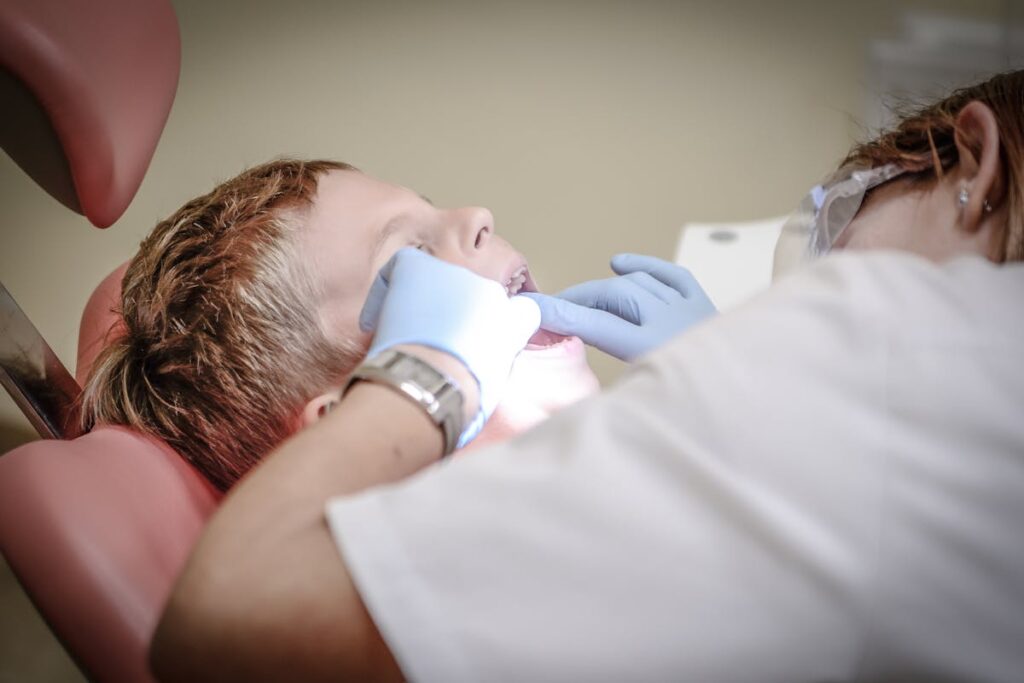
X-Ray Examinations for Hidden Issues
Beyond visible oral examinations, dental X-rays provide detailed images of structures hidden beneath the surface of teeth and gums. These diagnostic tools enable dentists to detect issues that would otherwise remain unnoticed during routine visual inspections.
Through x-ray analysis, practitioners can identify various dental abnormalities, including decay between teeth, bone loss, impacted wisdom teeth, and problems with root structures. The imaging process reveals potential infections, cysts, and tumors that may develop in jaw bones. Additionally, X-rays help assess the positioning of developing teeth in children and determine if orthodontic intervention is necessary.
Modern digital X-ray technology has substantially reduced radiation exposure while improving image quality and diagnostic accuracy. Dentists determine the frequency of X-ray examinations based on individual patient factors, including age, oral health status, and risk factors for dental disease.
Maintaining Proper Bite Alignment
Proper bite alignment stands as a fundamental aspect of oral health, influencing both dental function and overall well-being. During routine dental checkups, dentists assess how upper and lower teeth come together, identifying potential malocclusion issues that could lead to wear, jaw pain, or temporomandibular joint disorders.
Through professional orthodontic evaluation, practitioners can detect early signs of misalignment and recommend appropriate interventions. These may include proper bite adjustments through various treatment options such as dental reshaping, orthodontic appliances, or in some cases, surgical correction. Consistent monitoring guarantees that any changes in bite patterns are addressed promptly, preventing complications like uneven tooth wear, headaches, and difficulty chewing. Early intervention in bite alignment issues often results in more successful outcomes and helps maintain long-term oral health.
Cost-Effective Prevention vs. Treatment
Regular dental checkups enable dentists to identify and address minor oral health issues before they develop into major problems requiring extensive treatment. Early detection of cavities, gum disease, and other dental concerns typically results in simpler, less invasive procedures with lower associated costs. Studies consistently demonstrate that preventive dental care through routine examinations costs substantially less than treating advanced conditions that develop due to neglected oral health.
Catching Problems Early
Identifying dental issues in their earliest stages through routine checkups can prevent extensive, costly treatments later. During thorough exams, dentists can detect problems like early tooth decay, gum disease, or developing infections before they progress to advanced stages requiring invasive procedures.
Professional screening tools and diagnostic imaging allow dentists to spot subtle changes in oral tissues that aren’t visible to the untrained eye. Early detection of conditions such as periodontal disease, dental caries, or oral cancer greatly improves treatment outcomes and survival rates. Additionally, routine monitoring enables dentists to track changes in existing dental work, including loose fillings, failing crowns, or compromised root canals, addressing these issues before they lead to tooth loss or severe complications.
Prevention Saves Money Later
The financial benefits of preventive dental care vastly outweigh the costs of treating advanced oral health problems. Regular dental checkups help patients avoid expensive procedures like root canals, crowns, and oral surgery that often result from neglected dental issues. Budgeting for checkups represents a strategic investment in long-term oral health.
Studies demonstrate that every dollar spent on preventive dental care saves patients between $8 and $50 in future treatment costs. Avoiding future expenses becomes possible through early detection of decay, gum disease, and other dental complications that, when left untreated, typically require more extensive and costly interventions. Insurance companies recognize this cost-benefit relationship, which is why most dental plans cover preventive services at higher rates than restorative procedures.
Building a Dental Health History
Maintaining accurate dental health records begins with a thorough patient history that documents past procedures, ongoing conditions, and genetic predispositions to oral health issues. This extensive dental history documentation enables dentists to identify patterns, track changes, and anticipate potential problems before they develop into serious conditions.
A detailed record of previous treatments, x-rays, and clinical observations serves as a pivotal reference point for developing a personalized dental care plan. These records track important markers such as gum recession, tooth wear, restoration durability, and periodontal health over time. When patients maintain long-term relationships with dental providers, their documented history becomes an indispensable tool for making informed decisions about preventive care, treatment options, and ongoing maintenance strategies that align with their specific oral health needs.
The Connection Between Oral and Overall Health
Research consistently demonstrates that oral health serves as a window into overall systemic health, with numerous studies linking dental conditions to cardiovascular disease, diabetes, respiratory infections, and other medical disorders.
The oral cavity’s bacterial composition directly influences systemic inflammation links throughout the body. Poor dental hygiene can disrupt oral microbiome balance, potentially triggering inflammatory responses that affect multiple organ systems. When oral bacteria enter the bloodstream through infected gums, they can travel to other body parts, contributing to various health complications.
Medical professionals now recognize that maintaining ideal oral health extends beyond preventing tooth decay and gum disease. Regular dental examinations can help identify early warning signs of systemic conditions, making dental checkups an essential component of inclusive healthcare monitoring and disease prevention strategies.
Frequently Asked Questions
How Do I Choose the Right Dentist for My Regular Checkups?
Selecting a qualified dentist requires evaluating convenient office hours, verifying credentials and experience of dental staff, reading patient reviews, confirming insurance acceptance, and ensuring the practice maintains current health and safety protocols.
What Should I Do if I Have Severe Anxiety About Dental Visits?
Patients with dental anxiety should practice relaxation techniques such as deep breathing and meditation. Discussing sedation options with dental professionals can provide additional comfort. Many dentists specialize in treating anxious patients through various protocols.
Are Dental Checkups Safe During Pregnancy?
Dental checkups during pregnancy are safe and recommended dental procedures. Regular examinations are essential as pregnant women face increased risk of dental problems. Professional cleanings and routine X-rays with proper shielding are considered safe.
How Can I Make Dental Checkups More Affordable Without Insurance?
Patients can access affordable dental care through community clinics offering sliding-scale fees, dental school clinics, and payment plans. Many private practices also provide flexible financing options or membership programs for uninsured individuals.
Should Children and Adults Get Checkups at the Same Frequency?
Dental professionals recommend age-appropriate schedules: children typically need checkups every 6 months, while adults with established dental hygiene habits may extend to annual visits based on their oral health and risk factors.
